First a declaration of interest: I am a Ross County FC season ticket holder.
Despite that, I have been finding Inverness Caledonian Thistle’s (ICT) struggles troubling. Surprising, having spent decades wishing the club ill fortune.
Many will have found incomprehensible its fans’ declaration that they would prefer administration than seeing their training operation move to facilities used by Kelty Hearts in Fife. The pain of administration would be felt far wider than the Caledonian Stadium.
The plan to move the daily football operation 136 miles south was intended to save the financially challenged club significant amounts of money. It was also to give access to a larger pool of possibly better players offered by the Central Belt. ICT claimed difficulty in persuading players to move north, with the high cost of housing cited as a challenge.
It may have made sense on paper. But announcing it after relegation to the third tier of Scottish football without consulting fans? Not so much.
Supporters were furious, threatening to boycott season ticket sales. The plan’s architects, the chairman and chief executive, resigned. So, it’s Kelty no more. New investors are being sought. But insolvency practitioners were reportedly also consulted.
Concerts at the team’s ground featuring Andrea Bocelli and Duran Duran ended in financial failure. A lucrative contract with a renewables company, to use one of ICT’s car parks for a park-and-ride operation, was taken off the table.
Earlier this month, The P&J reported that the stadium would no longer be in the Inverness and Cromarty Firth Green Freeport area, missing the economic opportunities it should herald.
Meanwhile, in March, Highland councillors voted to refuse ICT permission for a £40 million energy battery storage farm. This would store excess energy generated by wind farms and release it to the grid during high demand. It would have also released transformative income of £3.4 million. But Scottish ministers could yet overturn the council’s decision.
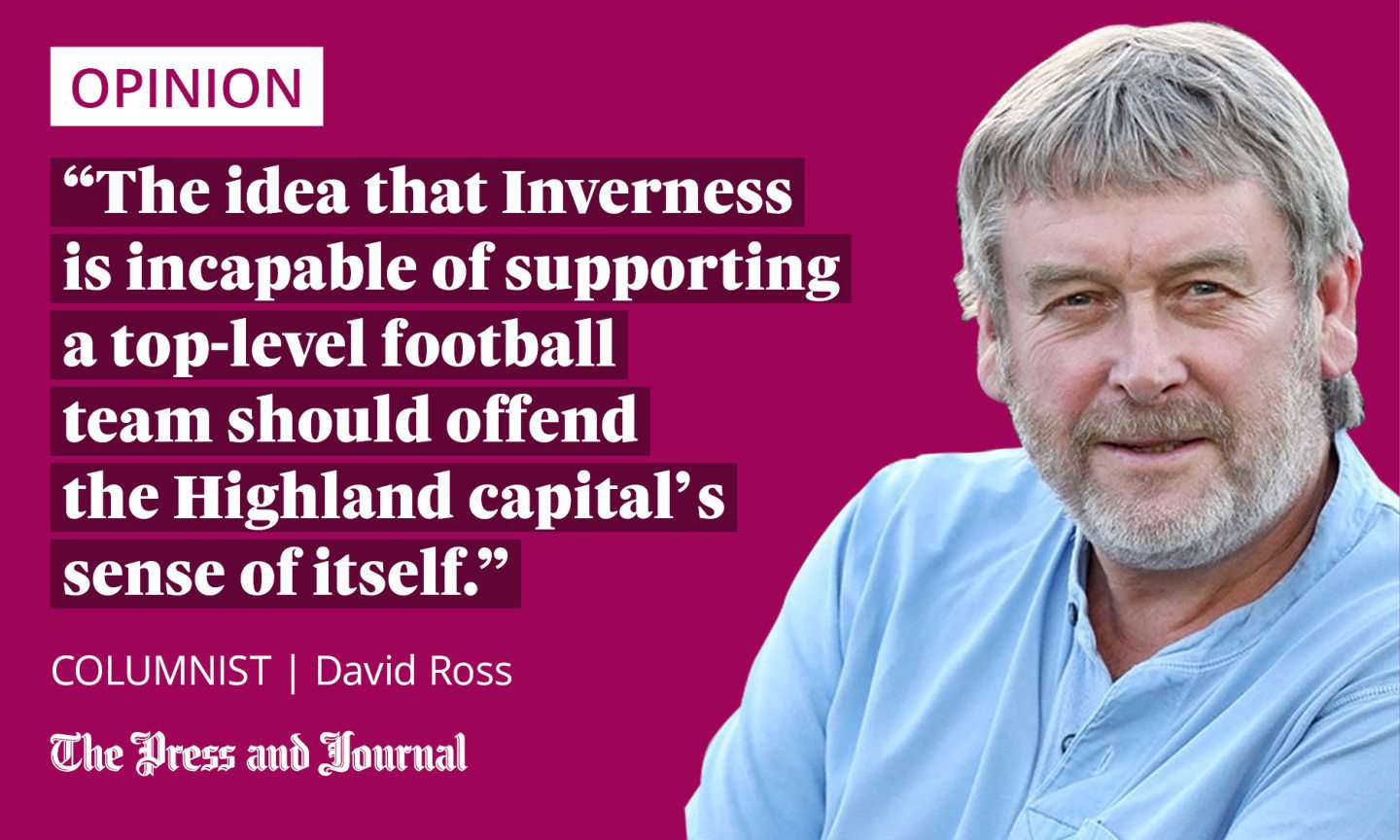 Some have questioned whether Kelty would have been so bad. The contact most fans have with the team is watching them play. Home games would still have been at the Caledonian Stadium, at the southern end of the Kessock Bridge.
Some have questioned whether Kelty would have been so bad. The contact most fans have with the team is watching them play. Home games would still have been at the Caledonian Stadium, at the southern end of the Kessock Bridge.
Most fans don’t go to Fort George to see ICT players train. A few might see them getting into their cars at the stadium, or around the town. Kelty may, therefore, have been a wise move. But since when did wisdom have anything to do with supporting a football team?
And there was something deeper at play in the fans’ reaction. The idea that Inverness is incapable of supporting a top-level football team should offend the Highland capital’s sense of itself.
Inverness fought hard for its place in Scottish football
A team from the Central Belt travelling north to play once a fortnight would have left Inverness with a modest stake in Scotland’s sporting life. It had fought so hard to gain entry to the football’s senior ranks 30 years ago.
A highly controversial, at times bitterly acrimonious, merger between two of Inverness’s three long-standing Highland League teams had to be negotiated. When ICT finally made it to the Scottish Premier League in 2004, it had to start playing its home games 100 miles away, at Aberdeen’s Pittodrie. This was to increase its stadium capacity to meet SPL requirements.
Ross County joined the Scottish League at the same time. They both rose through the divisions and captured a national cup apiece. ICT won the Scottish Cup in 2015, and Ross County the Scottish League Cup the following year. Both were then in the top flight.
When ICT next came to play at Dingwall, its fans’ chant was: “Big team, big cup. Small team, small cup.” But County finished the league in the top six, with ICT in seventh place. The following season, the latter was relegated. County have survived twice by the skin of its playoff teeth.
Maybe Kelty threat will lead to a renaissance
Having the two teams rubbing shoulders with the great and good of the people’s game meant a lot to the Highland sense of identity, sustaining the region’s growing self-confidence. Neither did it do Scotland’s “football family” any harm to realise there were serious challengers up the A9. ICT’s current plight threatens that positive psychology.
County fans know well that without the commercial success and commitment of chairman Roy MacGregor, their club could have faced something similar many years ago.
The last season both Highland teams were in the SPL, Ross County had a higher average attendance
But Invernessians are also partly to blame. The last season both Highland teams were in the SPL, Ross County had a higher average attendance. This despite “greater” Inverness having about 65,000 residents. Dingwall has 60,000 fewer, but fans come from across the north and west – Caithness, Sutherland, Skye.
Recently, there have been more confident noises from ICT, reporting “hugely positive discussions” with potential investors. A commitment to play more young, local players has been welcomed.
So, maybe the Kelty threat will lead to a true renaissance of the club. Just as long as it doesn’t go too far.
David Ross is a veteran Highland journalist and author
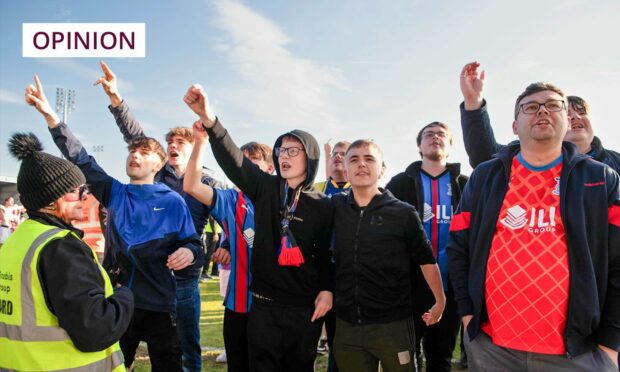
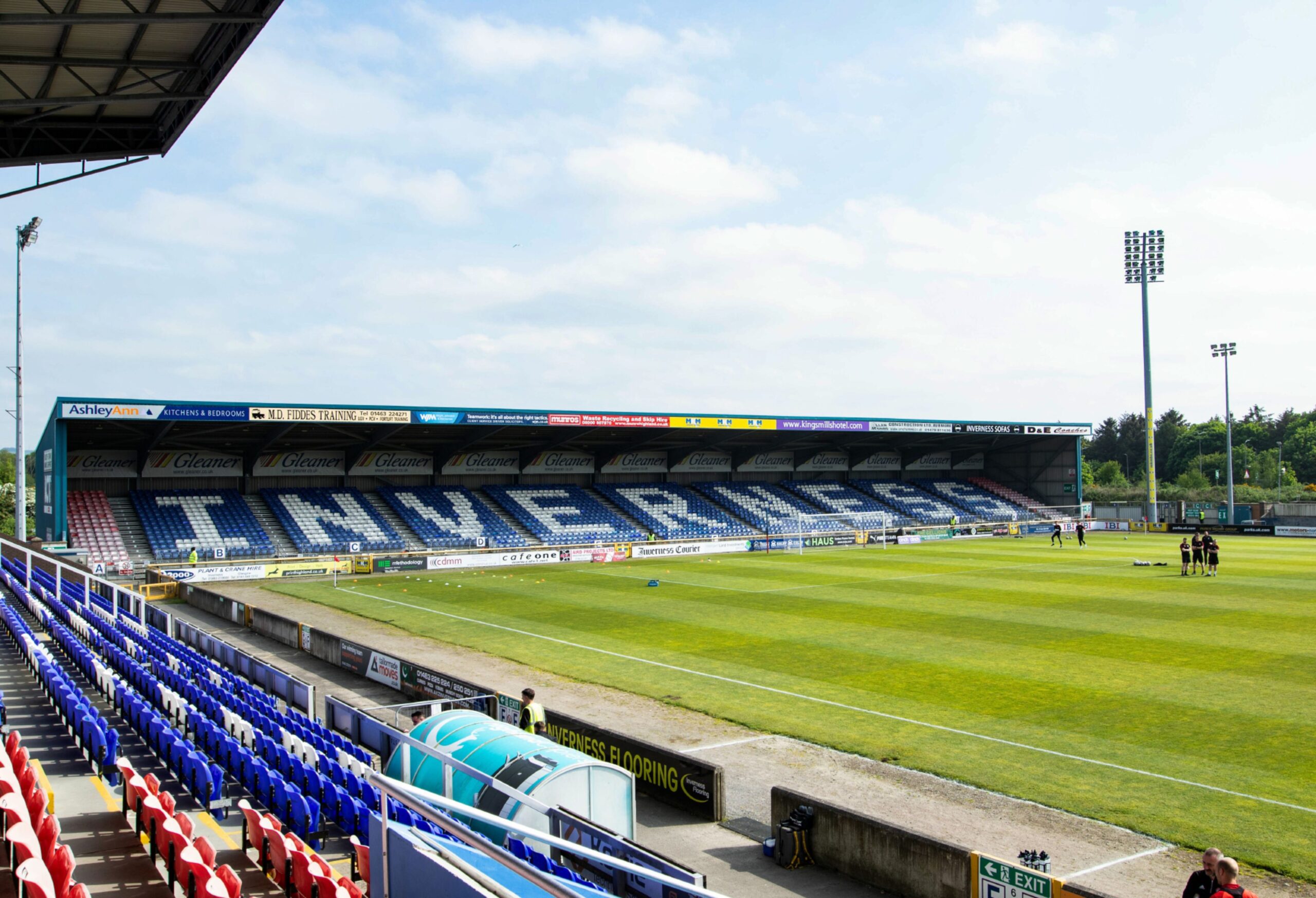
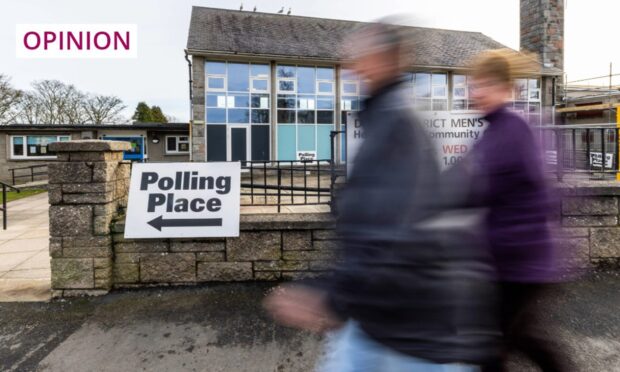
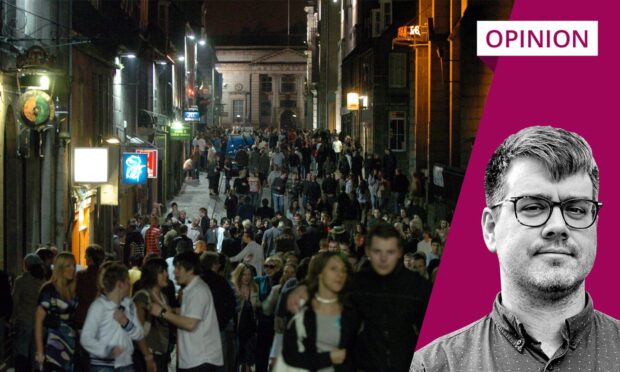

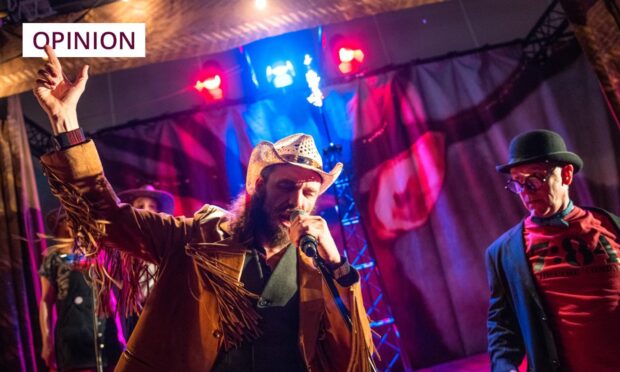
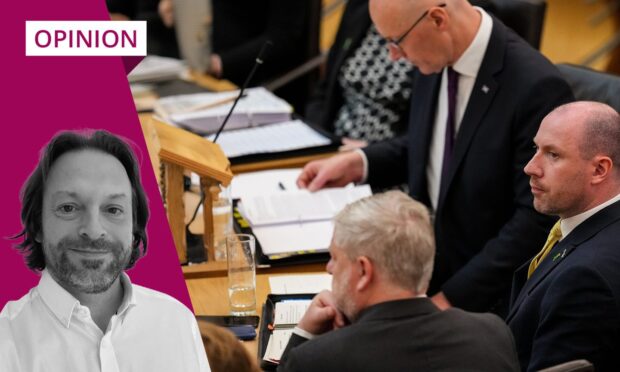
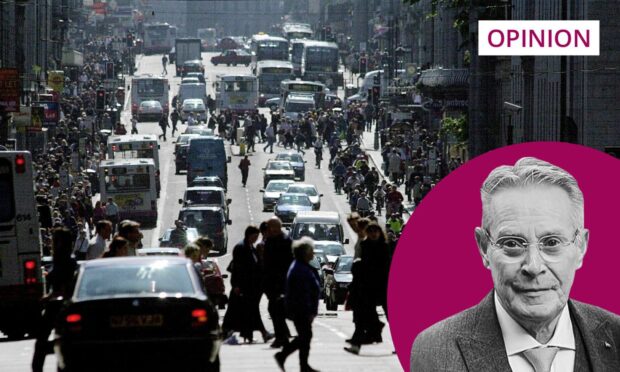
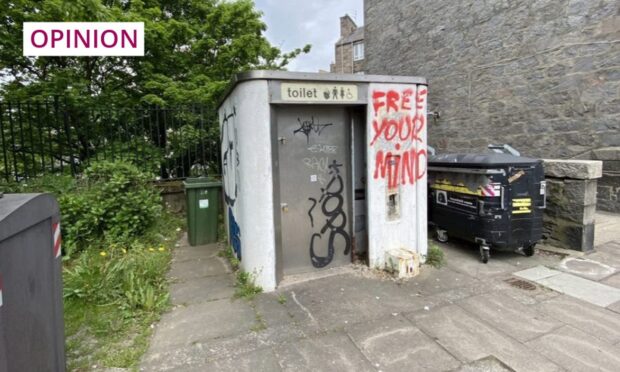
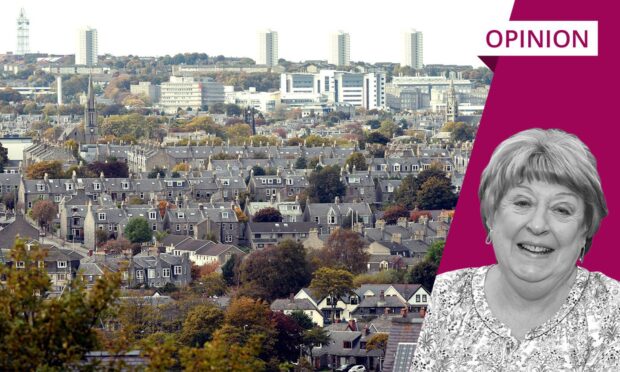
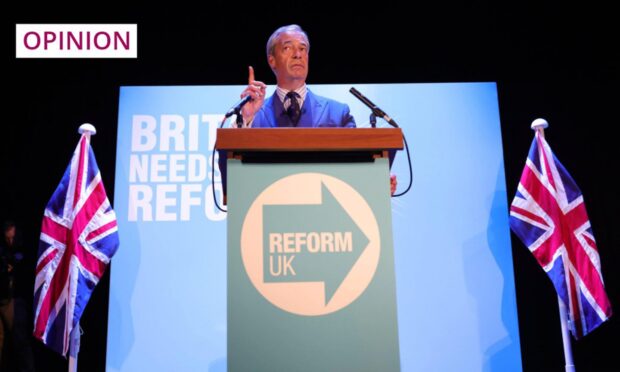
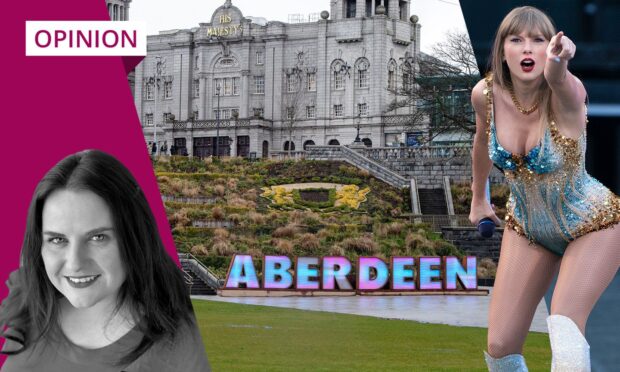
Conversation